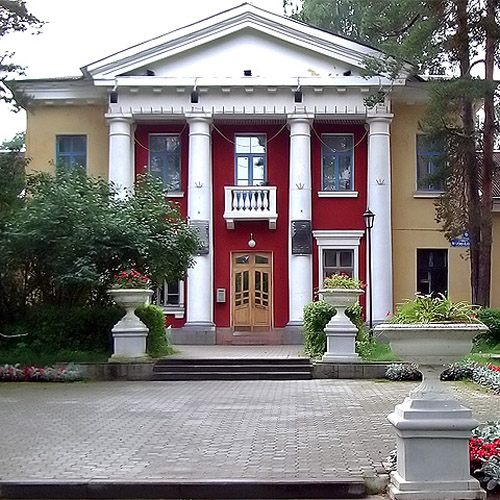دوبنيوم
105
Db
المجموعة
٥
الدوري
7
المستوى الفرعي
d
البروتونات
الإلكترونات
النيوترونات
105
105
157
الخواص العامة
عدد ذري
105
الكتلة الذرية
[٢٦٨]
عدد الكتلة
262
الفئة
معادن انتقالية
اللون
n/a
النشاط الإشعاعي
نعم
Named after the Russian town of Dubna
البنية البلورية
n/a
التاريخ
Dubnium was reportedly first discovered in 1968 at the Joint Institute for Nuclear Research at Dubna.
Researchers there bombarded an americium-243 target with neon-22 ions.
In the same year, a team led by Albert Ghiorso working at the University of California, Berkeley conclusively synthesized the element by bombarding a californium-249 target with nitrogen-15 ions.
Researchers there bombarded an americium-243 target with neon-22 ions.
In the same year, a team led by Albert Ghiorso working at the University of California, Berkeley conclusively synthesized the element by bombarding a californium-249 target with nitrogen-15 ions.
توزيع الإلكترونات لكل غلاف تكافؤ
2, 8, 18, 32, 32, 11, 2
توزيع إلكتروني
[Rn] 5f14 6d3 7s2
The Berkeley team proposed the name hahnium for the element
الخواص الفيزيائيّة
الطور
صلب
كثافة
٣٩ غرام/سم−3
نقطة الانصهار
-
نقطة الغليان
-
حرارة الانصهار
n/a
حرارة التبخر
n/a
السعة الحرارية
-
متوفر في قشرة الأرض
n/a
متوفر بشكل عام
n/a

اعتمادات الصورة: Wikimedia Commons (Hrustov)
The element is named after after the Russian town of Dubna, the location of the Joint Institute for Nuclear Research
رقم CAS
53850-35-4
PubChem CID Number
n/a
الخواص الذرية
نصف قطر ذري
-
نصف قطر تساهمي
١٤٩ pm
الكهرسلبية
-
جهد التأين
-
الحجم الذري
-
الناقلية الحرارية
٠٫٥٨ W/cm·K
أرقام الأكسدة
5
تطبيقات
Dubnium is used for scientific research purposes only.
Dubnium is harmful due to its radioactivity
نظائر
النظائر المستقرة
-النظائرغير المستقرة
255Db, 256Db, 257Db, 258Db, 259Db, 260Db, 261Db, 262Db, 263Db, 264Db, 265Db, 266Db, 267Db, 268Db, 269Db, 270Db